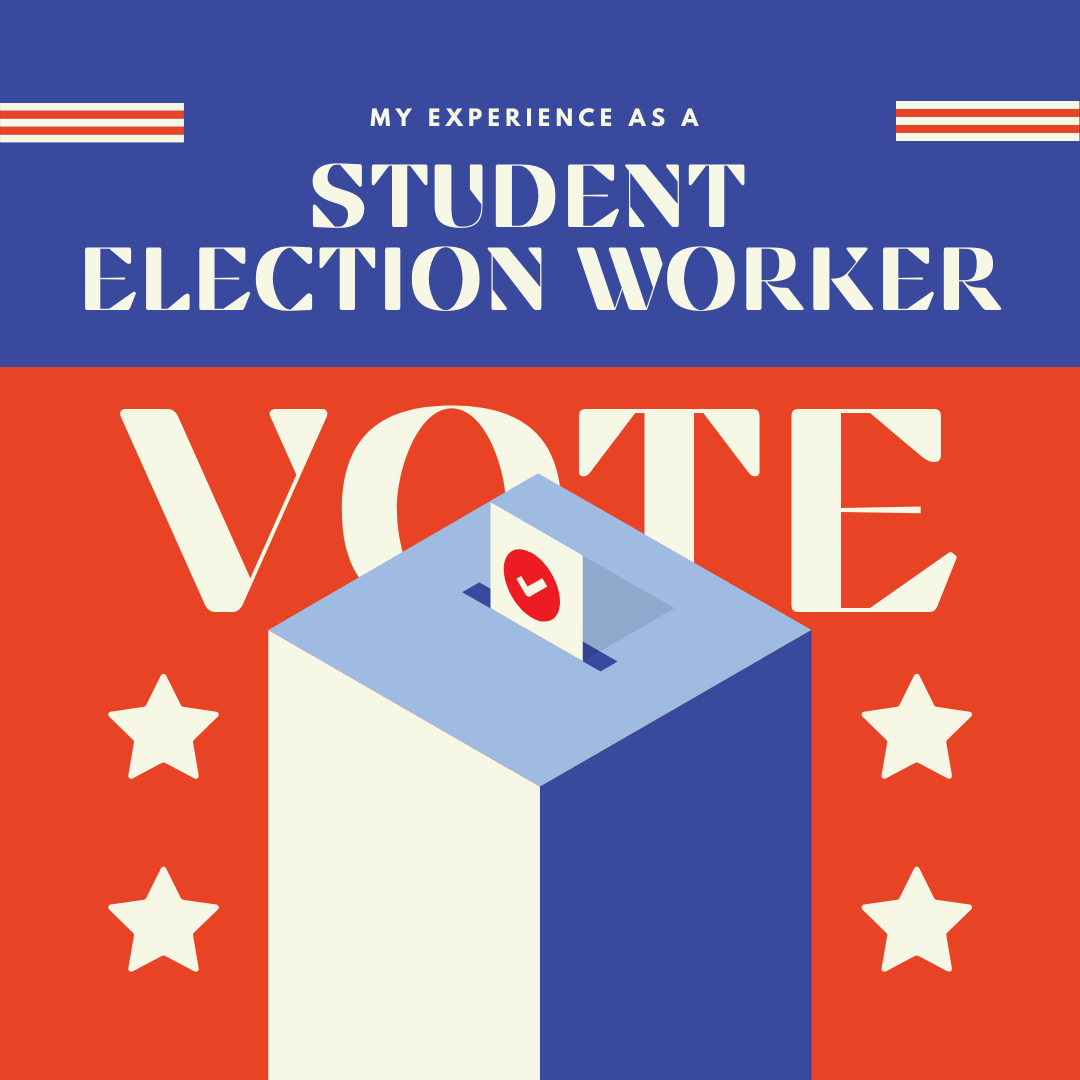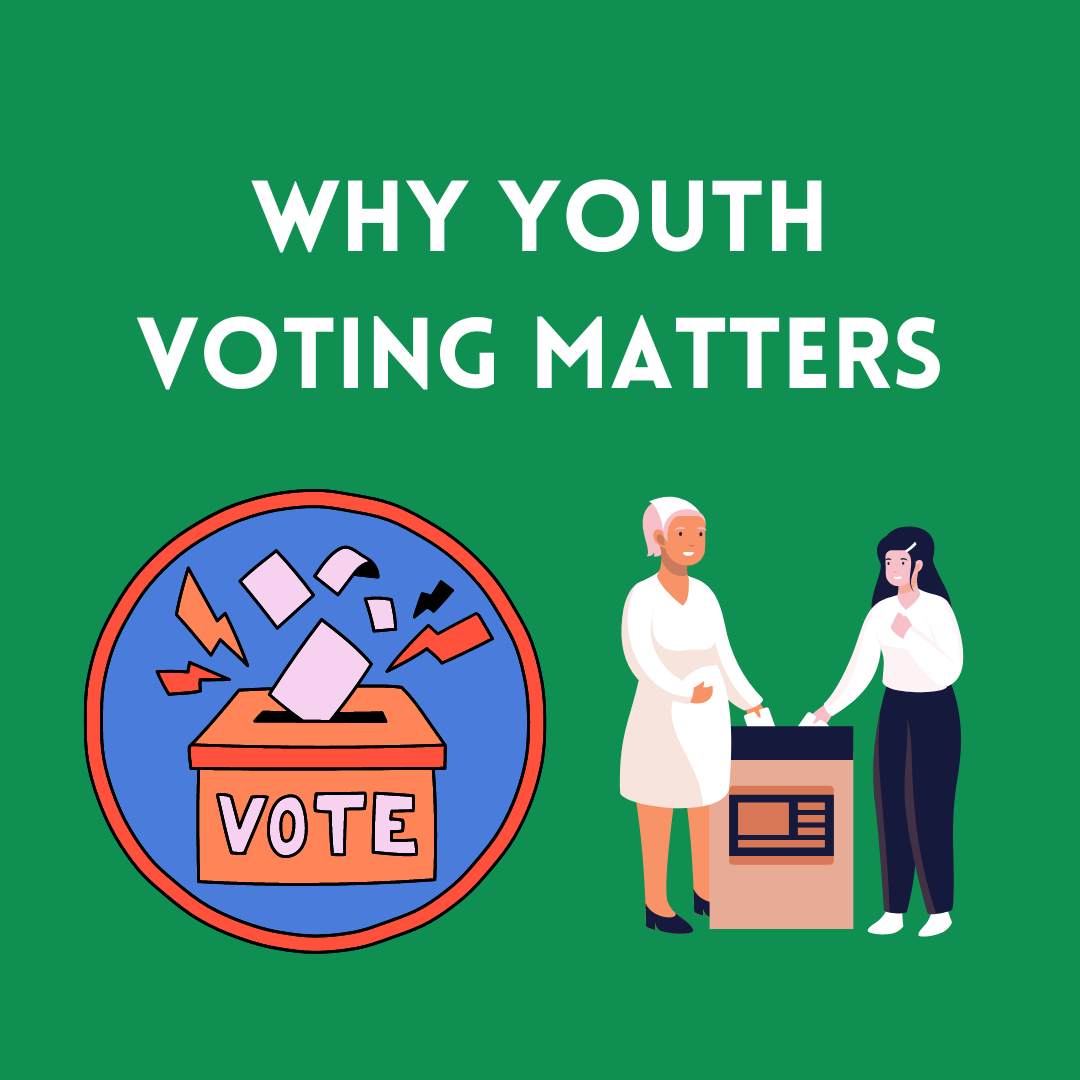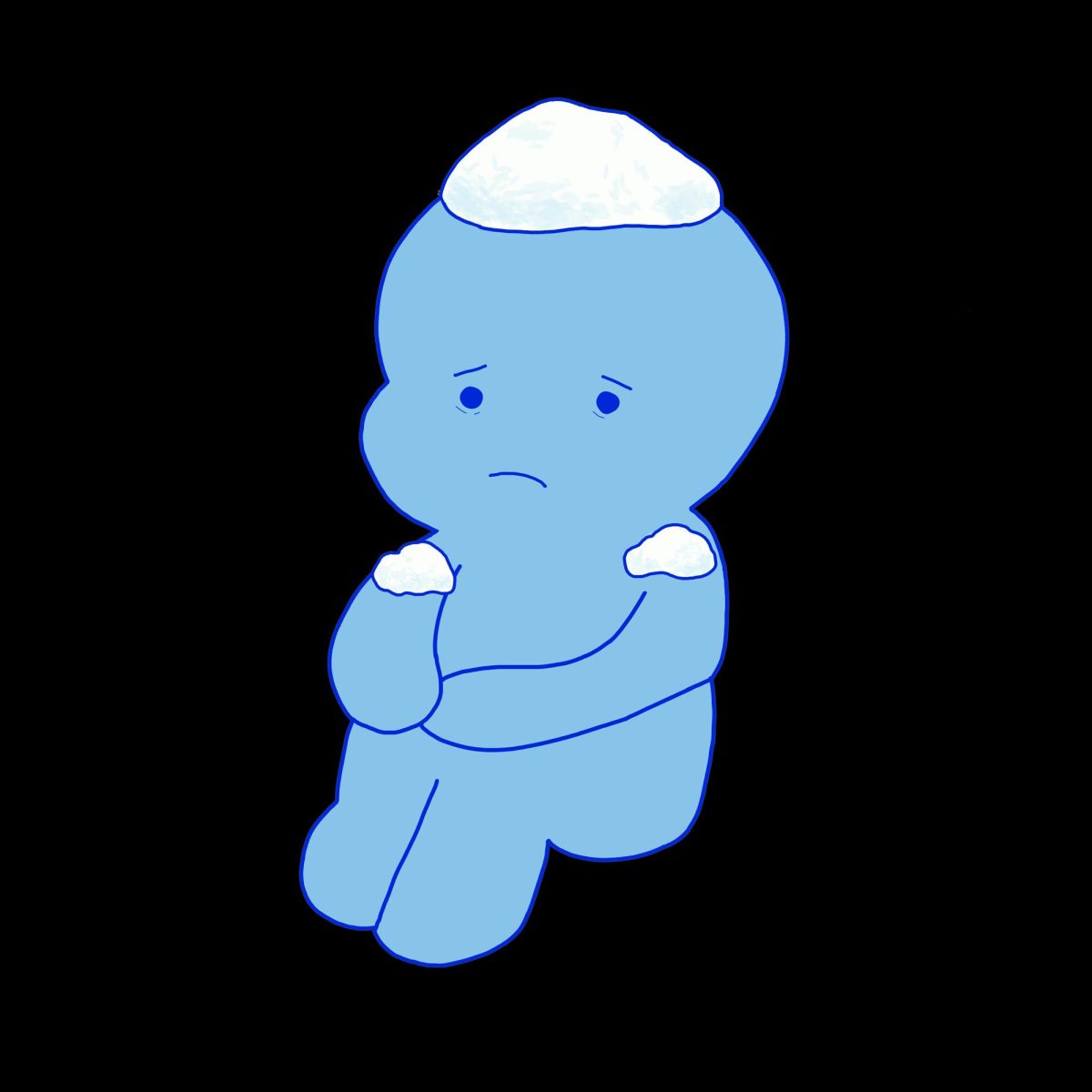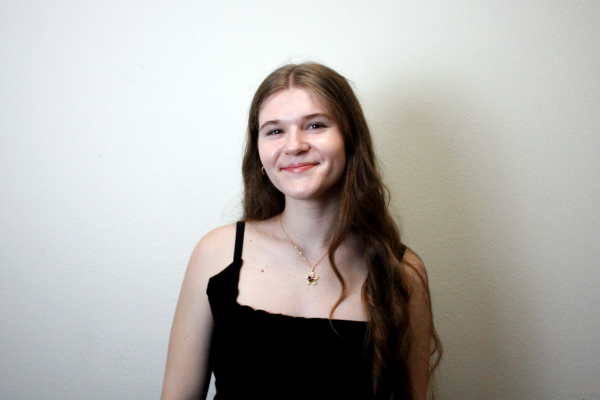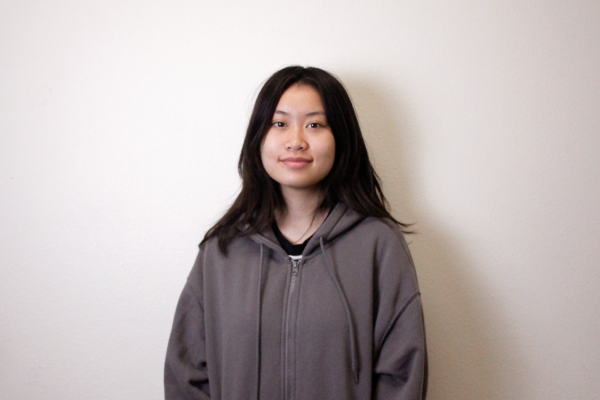With technology having grown into most parts of our daily lives, nearly everyone seems to have had a try at the intriguing yet controversial application of AI, or artificial intelligence. It allows us to experiment with our ideas and pioneer new discoveries with AI content generators. However, unlike the emergence of the radio, television or even our phones, artificial intelligence has given people the opportunity to plagiarize media and spread misinformation. This has led to confusion and worry about AI’s role in our swiftly changing society―but should we be scared of these developments?
The application’s early forms were developed in the 1950’s to assist with problem-solving in the context of the game checkers, but has dramatically grown to perform various tasks based on user prompts.
Today, the most common and widely used form of AI for students is the prompt-to-text AI model “ChatGPT,” which launched in November of 2022 and has quickly popularized over the past couple of years.
In regards to the use of AI applications, educators’ biggest concerns of letting their students openly interact with these programs is the possibility that their students will cheat, but others believe that it can be an opportunity to give students a helping hand―or even further their own teaching model.
A poll conducted by Forbes Advisor in 2023 reported that 60 percent of teachers use AI in their classrooms, with 55 percent of the educators explicitly stating that they believe AI has had a positive impact on the teaching and learning process.
“Just speaking as an English teacher, if a student is writing an essay draft and they want to maybe scan their essay for suggestions on any egregious errors with AI and fix them, that’s okay. Instead, allow my time to be spent in helping with style issues, or something that AI may not be able to effectively help you with,” Mrs. Hunsaker, West Ranch AP Language and AP Literature teacher explained. “It can take mundane tasks like that and make them so much easier, but if we rely on it too much, it can rob us of our own autonomy and our ability to be the critical thinkers that I think we can all be.”
Students have found ways to enhance and progress their own line of thinking through the tools that AI provides. In the field of computer science, senior Logan Geniec uses AI to assist him when coding. “Every single time you try to code, there’s always some dumb little error and one fine thing being wrong and then everything else will be right, so AI can instantly tell you ‘This is right, this is wrong’ and you won’t be stuck on the question for hours,” Geniec emphasized. “It just goes faster, is more convenient and helps you manage your time, while helping you understand it along the way.”
Although students may innocently use AI for research or creative ideas, our futures will most likely have a larger place for artificial intelligence than we are used to. Automation has historically taken the jobs of laborers, and AI is on track to do the same to the next generation of workers. Mrs. Hunsaker warned, “We need to use AI as a tool and not as a replacement for our own autonomy.”
In addition to its effects on the workforce, AI could change the way we view the world around us: our perception of media, self-expression and other social values. Junior Jegg Yoon, an artist on campus, expressed, “I think AI art is on the rise because art is slowly transforming into something that is bought and consumed rather than appreciated. With AI becoming more accessible, this makes the image of art commoditized even worse.”
So how can we prepare students for what is to come?
We have to start somewhere. If we cut out the crucial beginning steps to learning, we will never be able to do it right―which is why our education system should integrate teaching the importance of how to appropriately use AI into students’ curriculum.
The modern world is becoming increasingly more difficult to function in without the internet. Smartphones and social media are now essentials in our social, professional and personal lives. Artificial intelligence is the next step up―it is already here and it will not be going away any time soon.
While it sounds counterintuitive, introducing students to AI in a controlled setting could circumvent the overreliance that is bound to happen. Students would be taught early on how to analyze problems and think critically on their own before introducing AI as a tool to simplify mundane tasks. This will create more time for engaged learning with their peers and teachers in a controlled fashion. The concept is similar to learning how to do manual math calculations before using an automated calculator. If students adapt to these advancements, they will be able to maximize the proper utilization of AI much further in the future. They could come to their own conclusions about the role AI should or will play in our future.
Therefore, as Mrs. Hunsaker perfectly described, “I don’t think that we should be scared of AI. I think we should be cautiously optimistic, with an emphasis on caution.”



